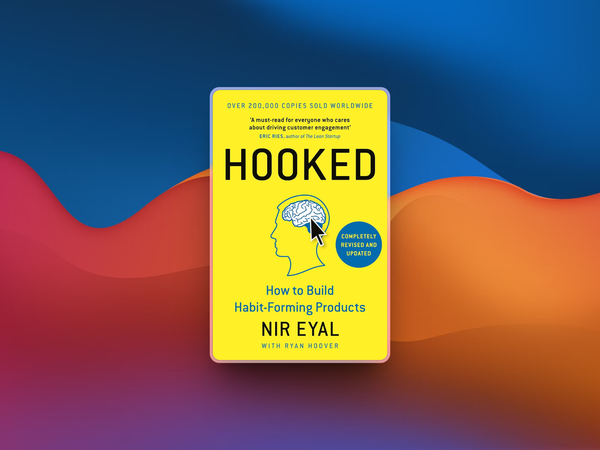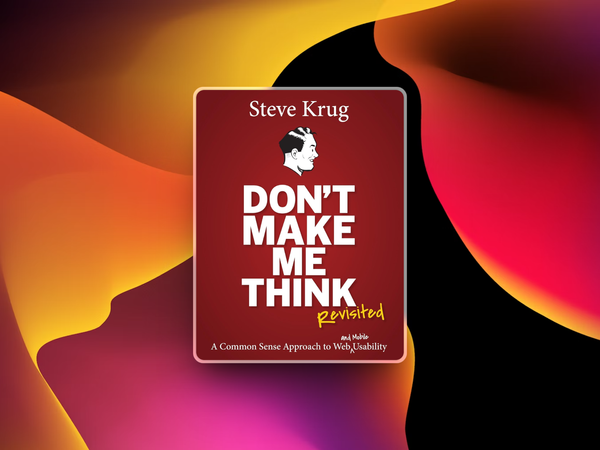Artificial Intelligence has wormed its way into everything. It’s in our tools, our toys, and even the devices we casually chat with at home. We’re no longer asking if AI will change our work as designers—it already has.
Now, we need to ask how we design AI experiences that feel intuitive, transparent, and actually useful.
That’s where human-centered AI comes in.
Contents
- The UX Dilemma: AI Moves Fast, Users Move Differently
- 5 Frameworks Every UX Designer Should Know
- 1. Google’s Explainability Rubric: Clarity Before Complexity
- 2. IBM’s AI/Human Context Model: AI That Fits Reality
- 3. Carnegie Mellon’s AI Brainstorming Kit: Choosing the Right AI Problems
- 4. Microsoft’s HAX Toolkit: AI That Works With, Not Against, Users
- 5. Google’s People + AI Guidebook: Making AI Feel Considerate
- The Bottom Line: AI is a Design Challenge, Not Just a Tech One
The UX Dilemma: AI Moves Fast, Users Move Differently
AI has one mission: efficiency.
The problem? Humans don’t always work that way. We hesitate, we explore, we make emotional decisions, and sometimes, we just want to understand why an AI did what it did.
Right now, UX designers are at a crossroads. We can either let AI dictate the experience, or we can shape it into something that works with users, not just for them. But that requires structure—frameworks that keep AI transparent, trustworthy, and, most importantly, human-friendly.
5 Frameworks Every UX Designer Should Know
To design AI-powered experiences that people actually trust, we need guiding principles. Here are five frameworks that help ensure AI enhances usability instead of creating friction.
1. Google’s Explainability Rubric: Clarity Before Complexity
Ever interacted with an AI tool and wondered, How did it come up with that? Google’s Explainability Rubric aims to eliminate the mystery.
Why it matters:
- It categorizes transparency into three levels: general overview, feature-specific transparency, and decision-level explanations.
- Users should always know when AI is in play and have options to adjust its influence.
- AI-powered decisions should be understandable—not just outputs but why they happened.
- It encourages contestability, meaning users should have pathways to challenge AI-driven outcomes when necessary.
If people don’t trust an AI’s reasoning, they’ll abandon it, no matter how powerful it is.
2. IBM’s AI/Human Context Model: AI That Fits Reality
IBM approaches AI through the lens of context. Their model stresses that AI should never exist in a vacuum—it needs to understand user intent, behavior, and real-world constraints.
Key takeaways:
- AI must recognize intent—not just respond to commands.
- Data policies matter. Users need control over how their data is used.
- AI should evolve based on human interaction, creating a continuous feedback loop.
- It highlights the importance of human reactions—AI systems should not just predict but adapt based on how users engage with them.
If AI doesn’t fit the user’s reality, it’s just a machine making educated guesses. IBM’s approach makes AI feel more aware instead of just reactive.
3. Carnegie Mellon’s AI Brainstorming Kit: Choosing the Right AI Problems
Most AI failures don’t happen because the tech is bad—they happen because companies solve the wrong problems. Carnegie Mellon’s AI Brainstorming Kit helps teams find the right use cases before they even begin.
How it works:
- Breaks AI capabilities into detection, prediction, automation, and generation.
- Provides impact vs. effort grids for evaluating ideas.
- Encourages designers to identify failure risks—how likely is the AI to make mistakes, and what are the consequences?
- Includes real-world examples to inspire practical applications.
It forces designers to ask, Should this be AI-powered?, instead of just assuming it should be.
4. Microsoft’s HAX Toolkit: AI That Works With, Not Against, Users
Microsoft’s Human-AI Experiences (HAX) Toolkit provides best practices for designing AI-powered products that actually enhance workflows instead of complicating them.
What it includes:
- Guidelines for AI interaction, ensuring predictable behavior.
- A design library, with real-world examples of AI done right.
- A playbook for NLP applications, helping designers avoid common pitfalls in AI-driven conversations.
- A workbook for teams, guiding AI discussions on collaboration, autonomy, and ethics.
Microsoft’s toolkit makes it clear: AI should support users, not replace their decision-making.
5. Google’s People + AI Guidebook: Making AI Feel Considerate
If AI is going to blend naturally into daily life, it needs rules. Google’s People + AI Guidebook offers 20+ design patterns for integrating AI responsibly.
Highlights:
- AI should explain itself in plain language, not just probabilities.
- Users should always have control—automation shouldn’t feel like a trap.
- AI should be designed for failure scenarios, ensuring users can recover when it gets things wrong.
- It emphasizes trust calibration, helping designers balance confidence indicators to set realistic user expectations.
Google’s guide reinforces that AI shouldn’t just be smart—it should be considerate.
The Bottom Line: AI is a Design Challenge, Not Just a Tech One
AI is powerful, but it’s not automatically good design. Just because we can automate something doesn’t mean we should. UX designers have a responsibility to shape AI into something people trust, not just something that gets the job done.
The future of AI-driven UX isn’t just about speed or accuracy. It’s about confidence. When people understand, control, and trust AI, that’s when we know we’ve designed it right.











